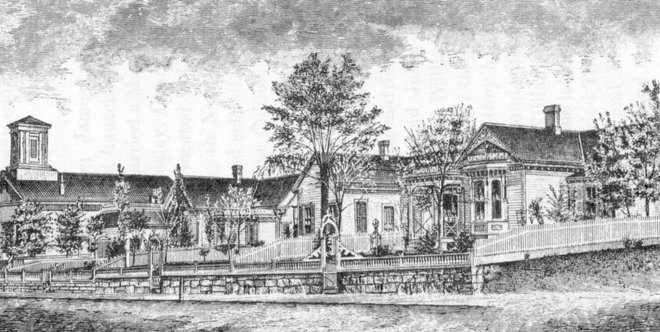The noise-a loud, angry scrape of metal against stone—interrupts a quiet conversation between neighbors. The two women cringe but aren’t surprised. They don’t even look to see what caused the racket. They know it’s the undercarriage of a car, driven by an unsuspecting tourist, grinding across the stone gutters that line both sides of Arrow Rock’s Main Street. The women, like all of Arrow Rock’s 56 residents, know the secret is to cross the gutters slowly at a 45-degree angle.
Whatever inconveniences they may pose to today’s drivers, those old-fashioned gutters won’t be replaced with modern storm drains in this National Historic Landmark village. They were laid in 1858, using the labor of enslaved black men who worked under the supervision of local contractors. The laborers hand cut thousands of stones, laid them on end, and set them 18 to 24 inches deep. Nearly 120 years later, the gutters continue to serve their original purpose of shunting storm water away from the town’s Main Street, but they also serve as a visible symbol of Arrow Rock’s black history.
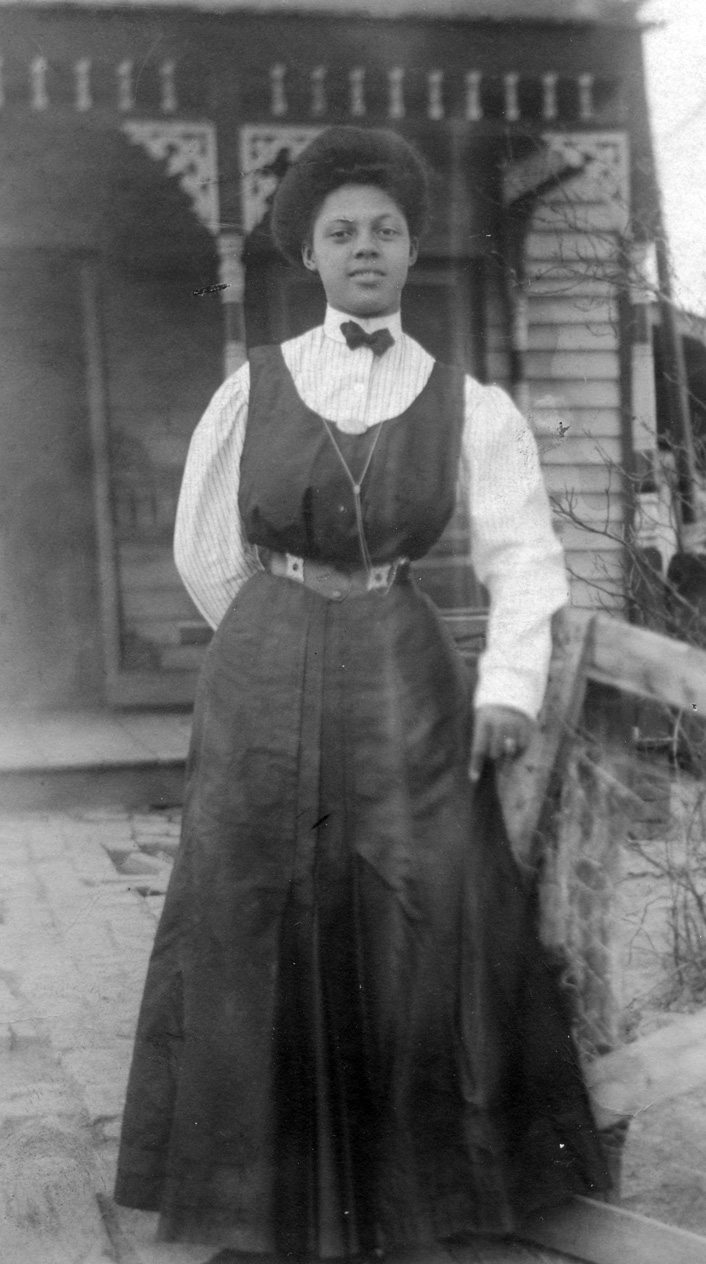
Building A Town
Arrow Rock was established in 1829 on a blu top spot conveniently situated at the intersection of the Missouri River and the Santa Fe Trail. Its location made it an ideal center for trade, and the surrounding fertile farmland soon attracted the attention of settlers from Virginia, Kentucky, and Tennessee. When those men loaded their wagons and headed west to Arrow Rock, they weren’t just bringing their families; they were bringing a way of life that included the institution of slavery.
By the 1830s, plantations stretched across the Saline County landscape around Arrow Rock, worked by slaves who were tasked with the grueling work of growing and harvesting hemp and tobacco. By 1860, Saline County’s population had climbed to 15,000, and one-third of its people were slaves.
Arrow Rock was growing too, and the work of constructing new homes, commercial buildings, and storm gutters once again fell to the slaves who sawed the timber, fi red the bricks, and laid the stones. The J. Huston Tavern, which stands today as one of Arrow Rock’s signature buildings and a symbol of the town’s historic preservation efforts, was built by slaves in 1834 with bricks they made on-site.
History remembers the names of the powerful white men of Arrow Rock’s early years, including quinine pill developer Dr. John Sappington, artist George Caleb Bingham, and Missouri Governors Meredith Miles Marmaduke, John Sappington Marmaduke, and Claiborne Fox Jackson, a Confederate sympathizer whose political leanings reflected the attitude of many in the region prior to the Civil War. The names of the black men and women whose forced labor built a 19th-century boomtown have been lost to time.
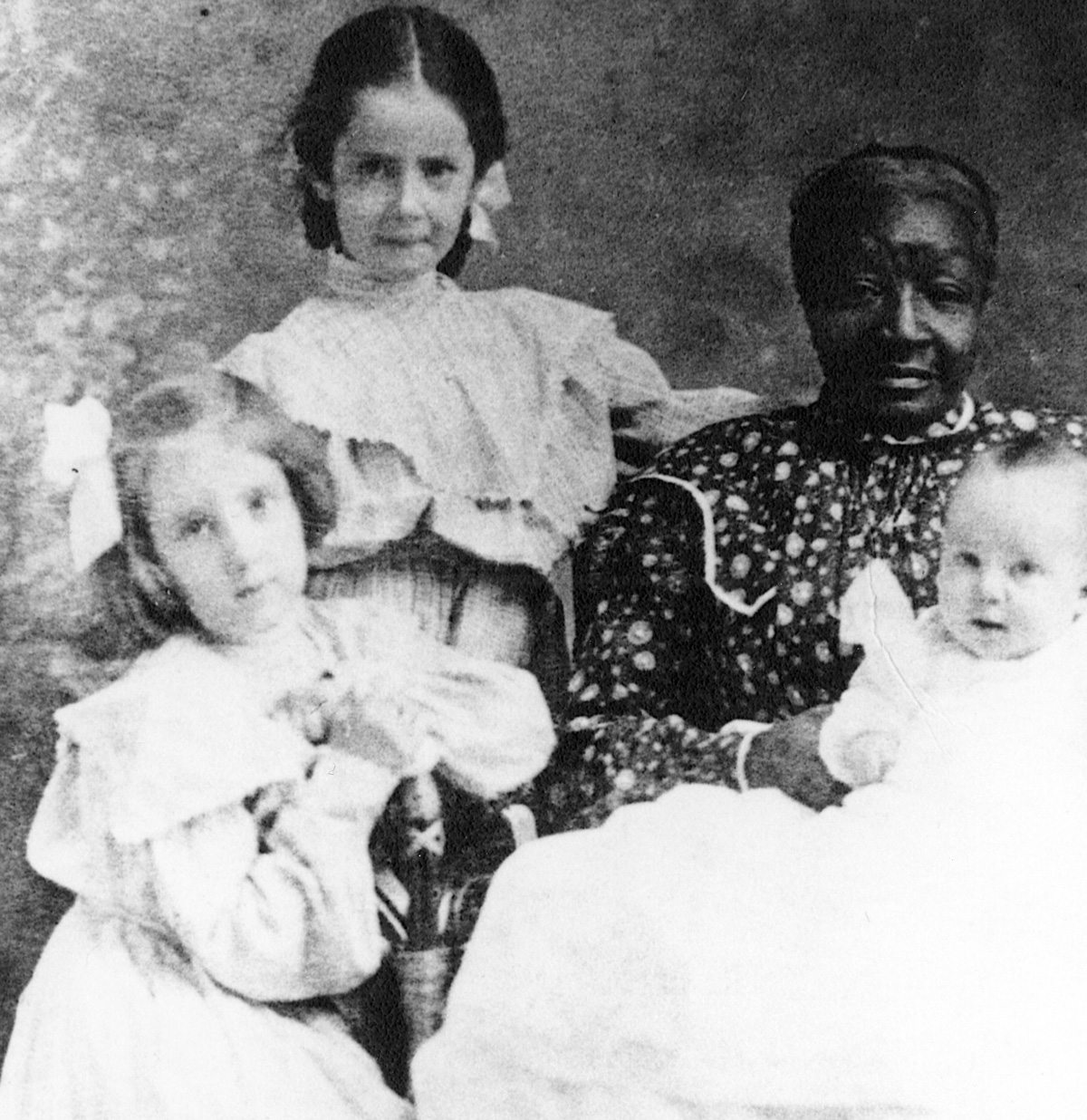
left) Ida, Flora, and baby I.C., were photographed with a woman identified only as Black Mammy Thompson.
Tensions ran high in Arrow Rock in the 1850s, with the country on the verge of its Civil War. Black men became the go-to suspects for just about any unsolved crime, and justice often was meted out without the benefit of due process. Angry mobs—impatient for verdicts that would give them permission to execute the accused—descended on courtrooms. On more than one occasion, they didn’t bother waiting.
One terrible day in 1859, three black men, including two from Arrow Rock, stood accused of crimes that included assault, rape, and murder. They were removed by mob force from the Marshall jail where they’d been held. Two were hanged and the third was burned at the stake. Newspaper accounts describe in graphic detail the burned man’s screams as he begged for help and the state of his body when his suffering ended. Judge Russell Hicks of the Sixth Circuit Court was disgusted by the public executions. The next day, the Arrow Rock News reported, “Judge Hicks was so much chagrined, mortified, and indignant at the lawlessness of the people and the contempt they showed for his court that he declared he would never again hold a term of court in Saline County.”
In 1860, when Abraham Lincoln ran for president on a platform of restricting the growth of slavery in the United States, he did not receive a single vote in Arrow Rock or all of Saline County.
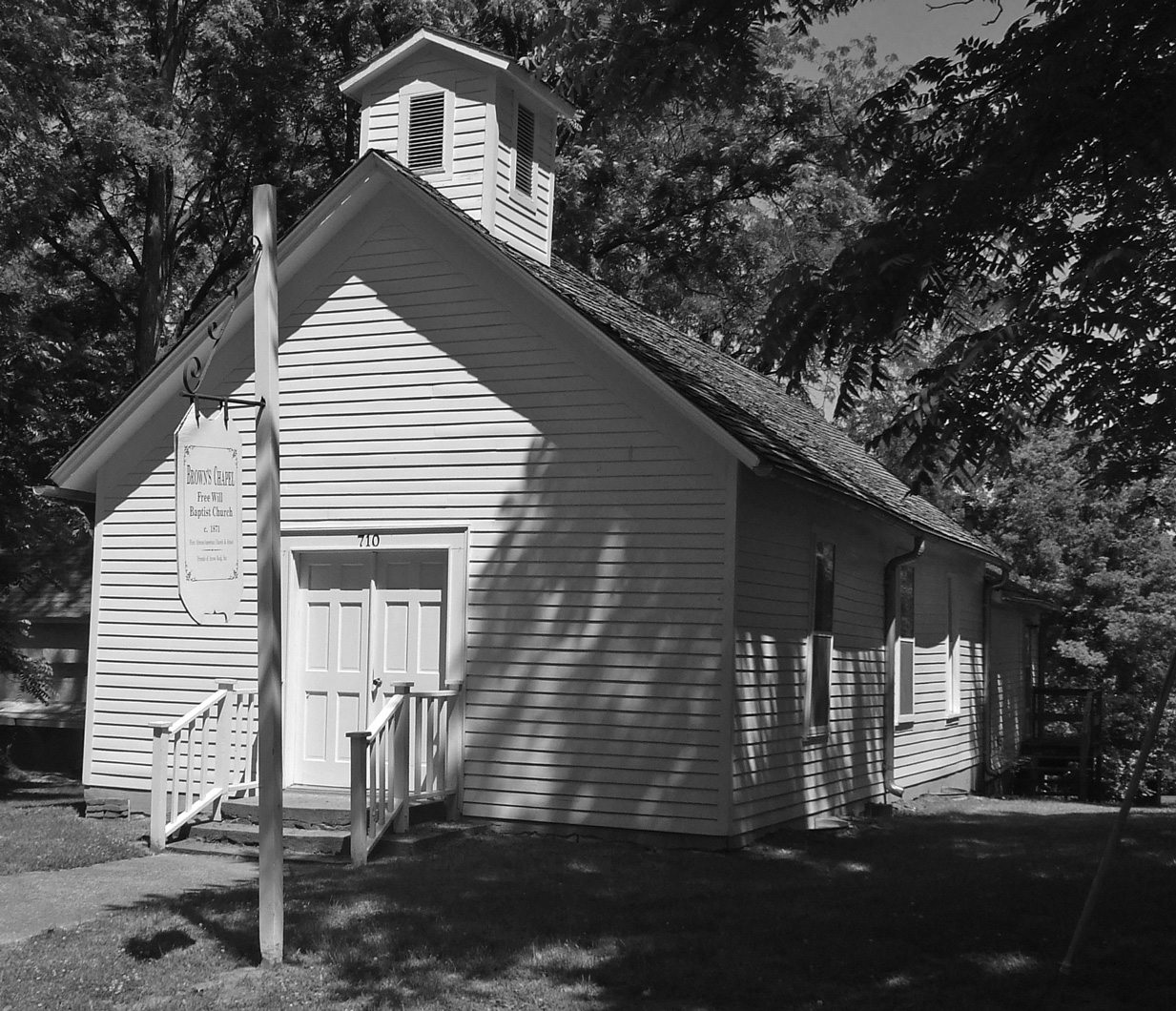
Free But Separate
Missouri’s slaves were emancipated on January 22, 1865, but that freedom didn’t mean equality for the members of Arrow Rock’s black community. While many of the newly freed plantation workers stayed put on the farms to work in exchange for room and board, others moved to town and took whatever jobs were available to uneducated men and women.
Kathy Borgman, former executive director of Friends of Arrow Rock, points out that census records show the movement of Arrow Rock’s black population over time.
“The 1910 census shows they were now living in town and maybe renting, then later living in town and owning their properties,” she says. But their homes were far from opulent. Many were constructed from recycled or poor-quality materials, which is why so few of Arrow Rock’s early black-owned homes remain standing today.
During the late 1800s and early 1900s, Arrow Rock’s black community remained separate from its white community, but their aspirations were the same.
“Their desires were the same as anyone’s: own your home, worship as you want, gather in society,” Kathy says.
To that end, members of the black community built churches and lodge halls and established the fi rst school for black children in Arrow Rock. Construction began on the Arrow Rock Free Will Baptist Church in 1869, on land just north of town. The church soon adopted the name of “Brown’s Chapel” in honor of its first minister, John Brown. In 1883, a man named Zack Bush and his team of mules moved the church building to its present location in Arrow Rock. The building also housed Arrow Rock’s first school for black children. It served dual duty as church and school until 1892, when a dedicated school building opened several blocks away.
Even within Arrow Rock’s black community, there were divisions. The Baptists and the Methodists vehemently disagreed over their baptism methods, and, in an oral history shared before his passing, longtime Arrow Rock citizen Dennis Banks recalled an incident that occurred between the two neighboring churches. The Methodist congregation raised their voices in song to the hymn “Will There Be Any Stars In My Crown?” to which the Baptist congregation immediately answered with the hymn, “No, Not One.”
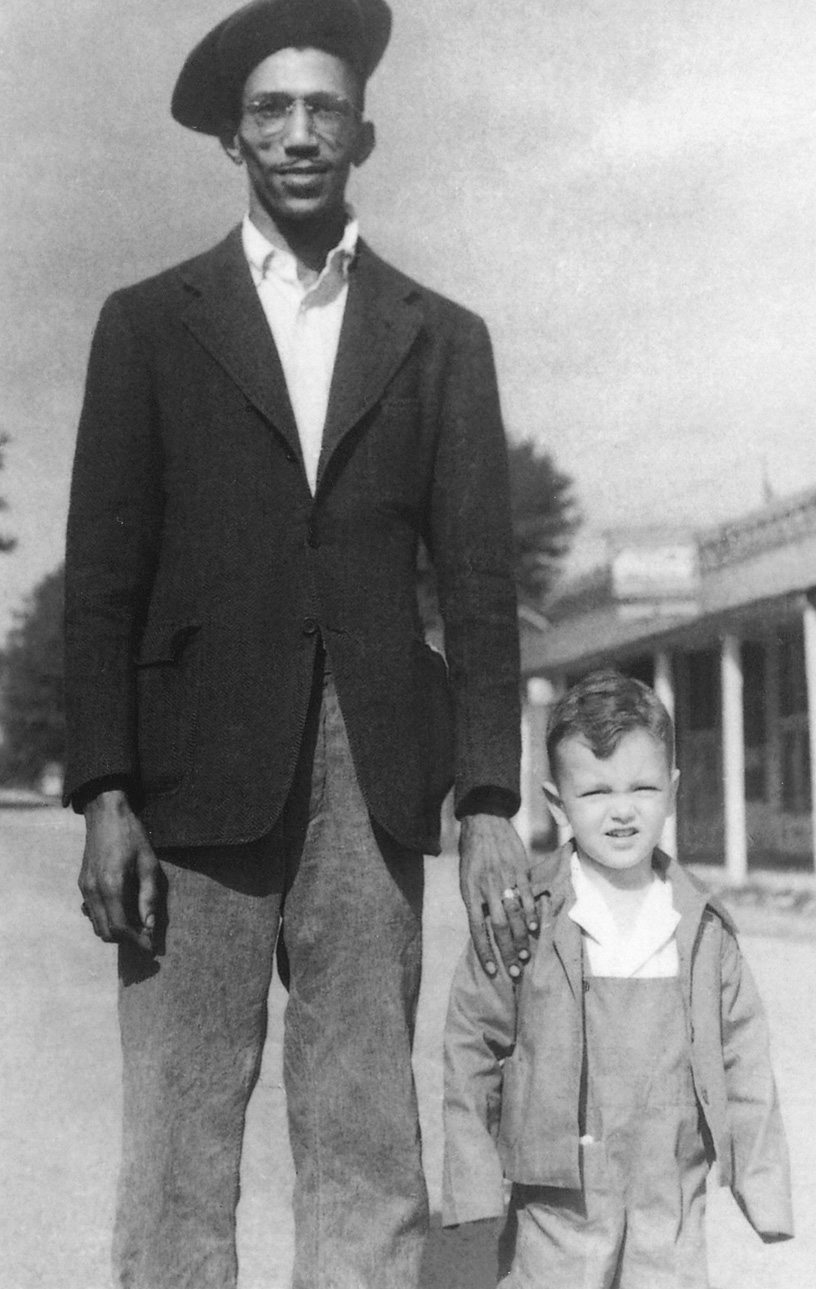
Oral histories, like the one collected from Dennis Banks, were an important part of research conducted in the 1990s by Gary Kremer, who now serves as the director of The State Historical Society of Missouri. As part of a joint research project that combined the oral histories with archaeological investigation, Timothy Baumann, now a research associate professor and curator of archaeology at the University of Tennessee in Knoxville, conducted an archaeological survey of black community sites in Arrow Rock.
Much of Timothy’s work focused on the site of the Brown’s Lodge No. 22 of the Ancient Free and Accepted Masons, the first of four lodge halls established for Arrow Rock’s black community and the only one that remains standing. Lodges like this one were the social safety net of the day, helping members and their families when misfortune struck.
Timothy says the archaeological work was complicated by the fact that the lodge was built on the footprint of an earlier home owned by a white family and on the former site of a pottery manufacturing business. Like most lodge halls of the day, the upstairs was reserved for lodge meetings and the downstairs was rented out to a local business. The lower level of Brown’s Lodge was a restaurant. Remnants of all those activities collided in the earth as artifacts that tell the story of Arrow Rock’s past.
“Most of the artifacts, as far as the non-pottery stuff, was about the restaurant bar on the first floor,” Timothy says.
Many of those artifacts might seem insignificant to the untrained observer, but Timothy was able to use his findings to corroborate the oral histories Gary Kremer was gathering. For example, by looking at animal bones found on the site, the researchers were able to discern that food choices at the restaurant were different from what they found on black-owned home sites nearby.
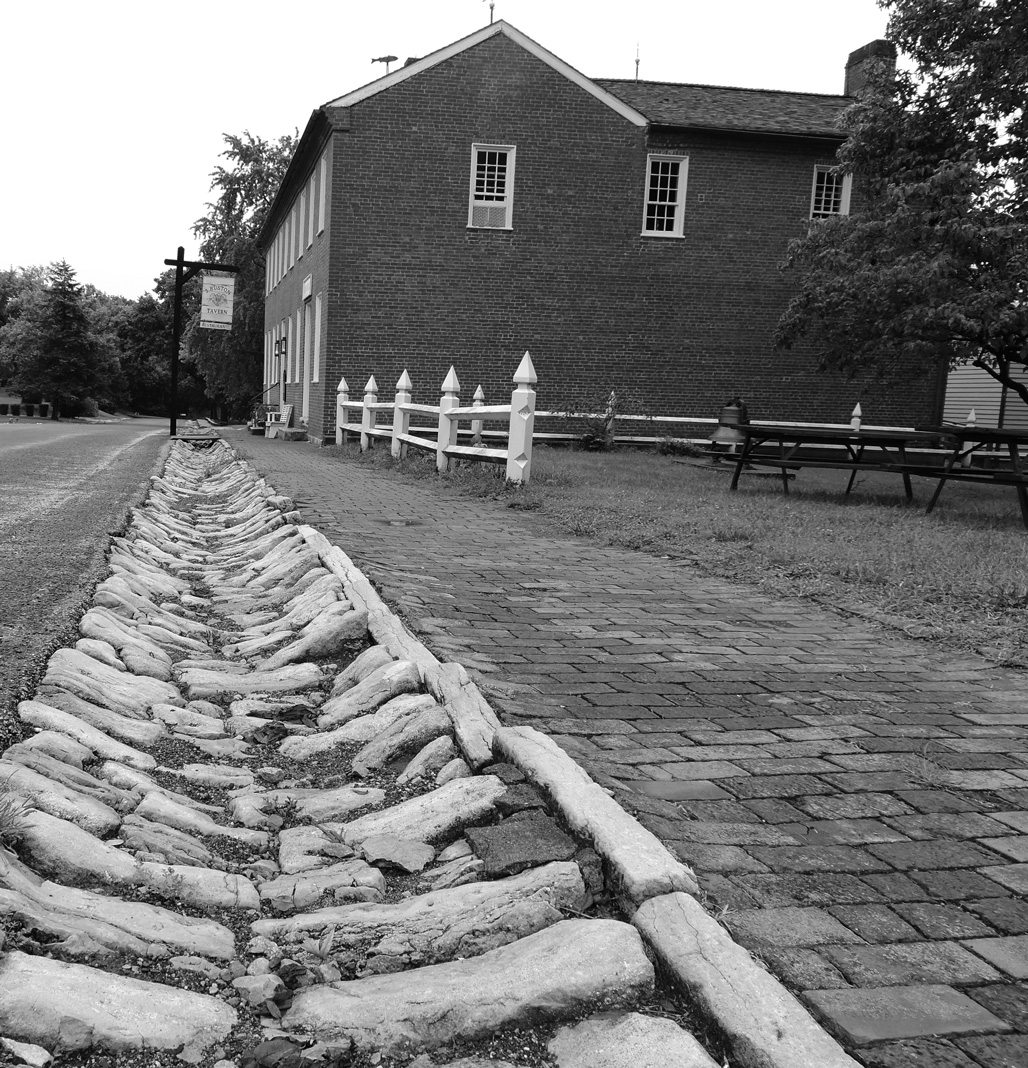
enslaved laborers built these gutters in 1858. Today, the same stone gutters still carry storm
water away from Main Street in 21st-century Arrow Rock.
“They ate a lot more fish in the restaurant and did a lot more chicken and bird eating in the home,” Timothy says. “There were some clear differences—a lot of fish fries going on at the lodge property. Drum was the number one fish, then catfish.”
The research also revealed some early examples of recycling that Timothy found intriguing. “There was resourcefulness in foodways and building materials,” he says. “The lodge was made of recycled materials; the windows are all different eras of windows. A classic example is the child’s school slate that was scratched into a checkerboard.”
At its height, before the Civil War swept the feet out from under Arrow Rock’s plantation-based economy, the town’s population surged to about 1,000 residents. After the Civil War, even with the influx of freed black residents, the population began a slow decline. The Great Depression pushed many of Arrow Rock’s black citizens to seek opportunity in larger cities.
“By the time you get to World War II,” Kathy says, “you have two things going on. You have the mechanization of farming, which means you don’t have to hire a lot of laborers, and you started having jobs in the city that because of the war became integrated.”
Brown’s Lodge disbanded in 1931, although a restaurant continued to operate in the building until the 1950s. Brown’s Chapel held its last regular service in 1988.
T.C. Rainey was one of the first writers to document Arrow Rock’s history. In his 1914 book, Along the Old Trail, he pays tribute to the black men and women whose stories may never be told, but whose labor built a town that stands today. These men and women “helped to fence and clear the fields, open the roadways, and make Saline a pleasant place to live in,” he wrote. “Although they now lie in nameless graves, we owe respect to their memory. They were also pioneers.”
Historical Photos Courtesy Missouri Department of Natural Resources
Related Posts
April 4, 1928
Marguerite Ann Johnson was born in St. Louis. Better know as Maya Angelou, she went on to be nominated for Pulitzer Prize in poetry and a Tony Award and to win three Grammys.
March 14, 1859
The city of Fulton was incorporated on this date in Missouri history.
December 7, 1922
Over 300 barrels of Jack Daniels whiskey disappeared through a siphon hose from the distillery in St. Louis on this date in Missouri history.


